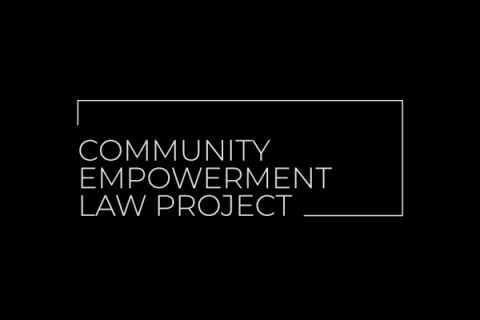Northeast Iowa Mineral Mining - Legal Framework for State and Local Jurisdictions
College of Law students in the Community Empowerment Law Project (CELP) conducted a study to help officials in Winneshiek County and Northeast Iowa understand the implications of anticipated mineral mining activities, as well as legal safeguards for environmental protection and transfer of wealth.
A geological survey conducted by the Iowa Geological Survey, which is housed at the University of Iowa, found that an underground formation encompassing a 10-county region in northeast Iowa may have large deposits of valuable minerals, such as copper, nickel, and platinum. As reported in IowaNow and the Cedar Rapids Gazette, the value of the minerals could be up to $1 trillion. Additional drilling and research are necessary to make a final determination about the extent and composition of valuable mineral deposits.
While the discovery suggests that the valuable mineral deposits could be “a massive economic boon”, questions remain about the potential economic, social, and environmental impacts of mining on local communities and the State of Iowa. The issue is further complicated by Home Rule governance that allows local jurisdictions to adopt different ordinances and regulations related to surface mining and underground mining, even as the impacts of such activities are all but certain to cross jurisdictional boundaries.
The Winneshiek County Board of Supervisors partnered with IISC and CELP to study and understand, from a legal standpoint, existing and potential safeguards against negative externalities that may come from surface and underground mining operations. Additionally, they desired to learn about the abilities of local jurisdictions and the State of Iowa to ensure that some of the economic gains benefit impacted communities and Iowa citizens (through, for example, state severance taxes imposed on the extraction of non-renewable natural resources).
